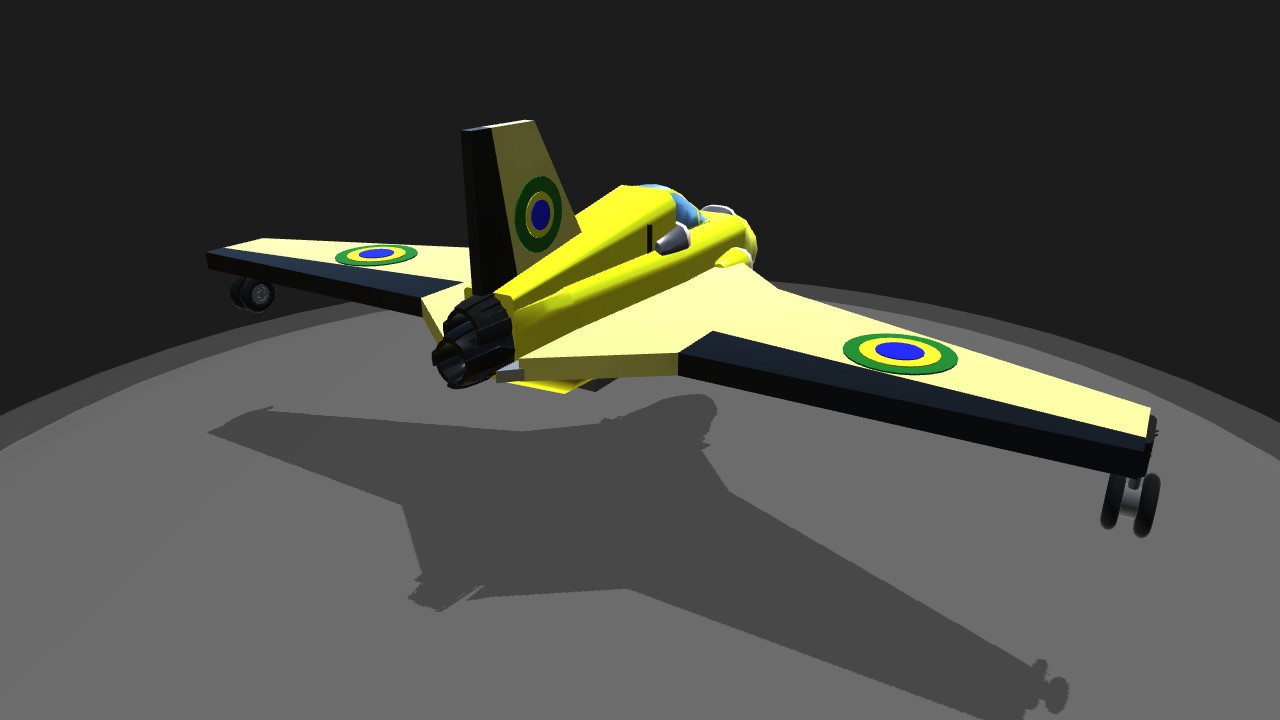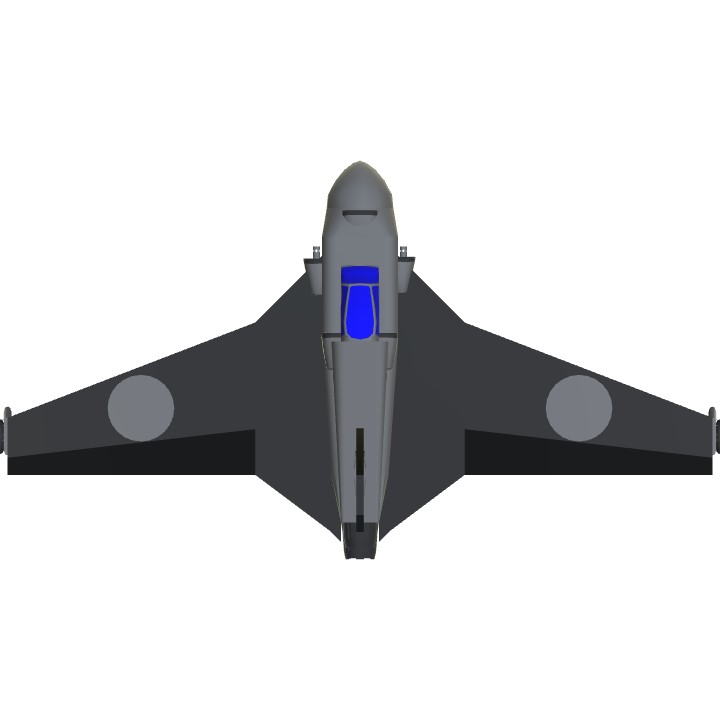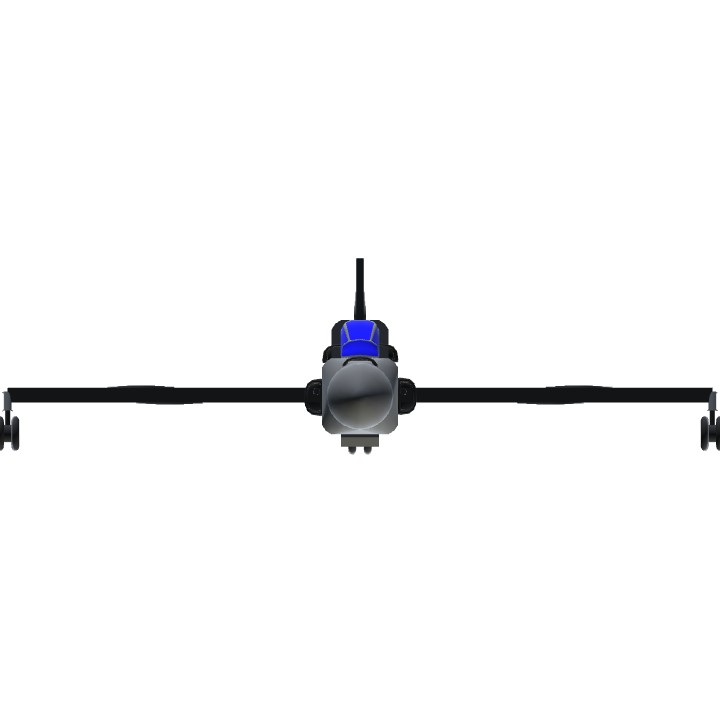Alternate history:: In the Autumn of 1944 the Axis powers - Germany and Japan had struck a deal with Brazil to assist the nation in obtaining a global superpower status and become the sole nation in the south American continent, a feat that was more than possible with the technological advancements from the Germans and the Retreat of the U.K and US forces and the capture of Moscow and Stalingrad, leading to a near certain surrender of the USSR. The Germans had sent Brazil three Me-163 Komet interceptors and a dozen of its scientists to allow the Brazilian Air Force to develop an interceptor that was resistant to the humid climate of the rain forests, thus, the Pantera 271 Bumerangue or "Boomerang" was born, much like what it was developed from, the Pantera 271 was a rocket powered aircraft fueled by hydrazine hydrate and methanol, a highly volitile and dangerous chemical reaction would allow the aircraft to be flown in the speeds of up to 517 MPH, quick enough to intercept the attacking US forces that had started attacking from the north. The Pantera 271 also boasted small wheels on the skid, allowing a slightly easier landing situation compared to the Komet.
Armament: 2 30MM Cannon with 80 Rounds each
Range: 4 minutes 27 Seconds
Maximum speed: 517MPH
This Aircraft was developed for Alternate WWII: Stolen Salamander by General360
Inspired by the Ho-229, Me-163, Ki-200
Specifications
General Characteristics
- Created On Windows
- Wingspan 31.0ft (9.4m)
- Length 17.2ft (5.2m)
- Height 8.5ft (2.6m)
- Empty Weight 9,586lbs (4,348kg)
- Loaded Weight 10,519lbs (4,771kg)
Performance
- Power/Weight Ratio 2.136
- Wing Loading 31.4lbs/ft2 (153.1kg/m2)
- Wing Area 335.4ft2 (31.2m2)
- Drag Points 3060
Parts
- Number of Parts 56
- Control Surfaces 9
- Performance Cost 293






@General360 @Liquidfox Thanks! I love doing little back stories to my aircraft and if I had the time I'd happily do a book on such a situation that would spawn my two most recent aircraft!
@General360 thoughts?